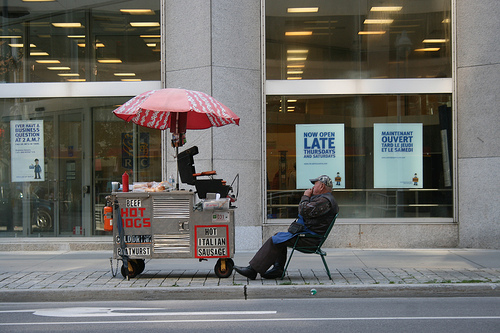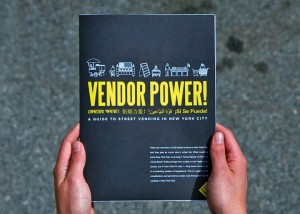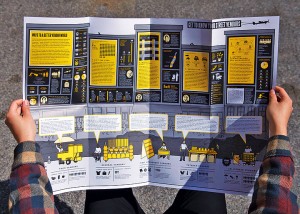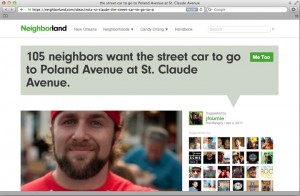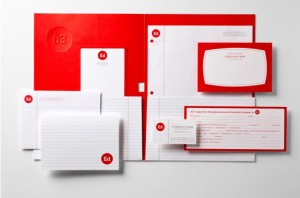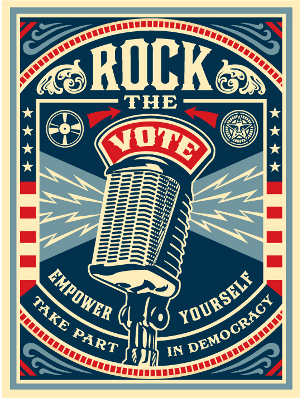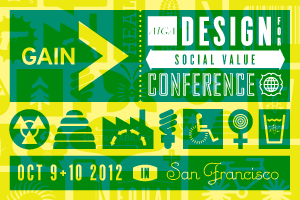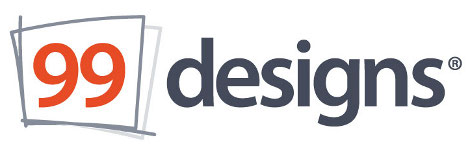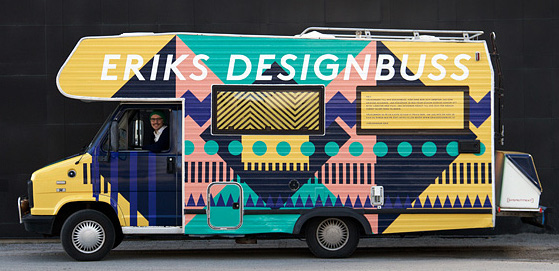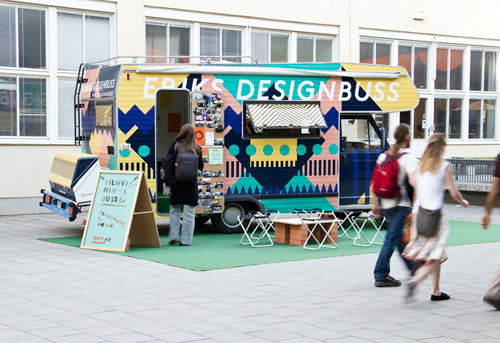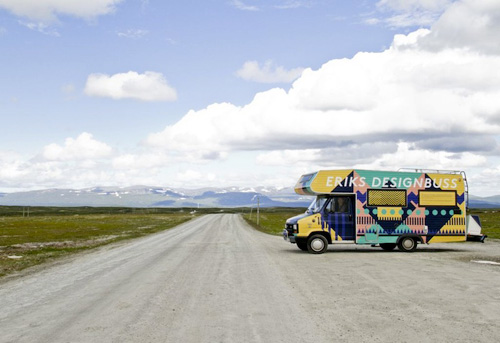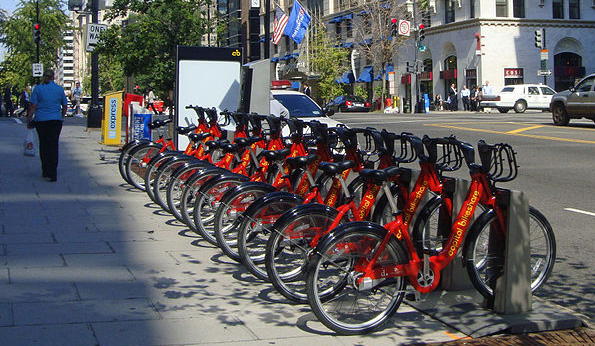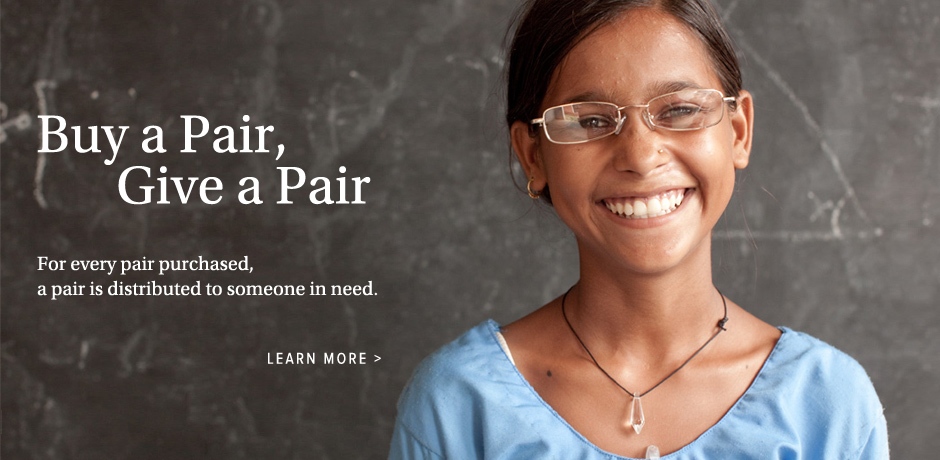
This past Sunday evening I caught a glimpse of 60 Minutes on CBS between switching out loads of laundry and general domesticating. It was a short, expose segment on Luxottica, the Italian eyeglass-wear company that pretty much has a monopoly on the eyewear market in the U.S. Luxottica not only owns Pearle Vision, LensCrafters and other boutique eyewear shops, it also owns Sears and Target Optical, and Sunglass Hut. According to the report, they manufacture glasses for numerous brands, slapping a money-making Prada or Chanel logo on the side. And did I mention they also own Ray-Ban and Oakley brands? By owning the top eyewear retail outlets and producing the majority of the glasses themselves, Luxottica can set prices as high as they wish. I personally don’t wear glasses (yet), but it shouldn’t cost $300+ to see things clearly.
Enter Warby Parker. Funny name for a company that was started by four guys who gave a damn at Wharton Business School. Warby Parker (WP) is an alternative to the mall-store set, offering frames and prescription lenses for a reasonable $95. Total. That’s it. WP creates their own designs and sells them directly to the customer through their website and storefronts.
So where does design and social value come in?
- First, the design thinking behind this venture plays a large part in WP’s success. They saw the need to change the way people typically purchase eyeglasses and an opportunity to offer pairs at a reasonable cost. Can’t make it to one of their twelve showrooms? No problem. WP will ship you (for free) five pairs of glasses to try out for five days and a postage-paid box to return them in. It’s UX gone 3D.
- The combination of stylish product design and good website design sets the company apart from the competition. By the look and feel of their site, it’s probably accurate to say most of their customers are young and hip, but that doesn’t mean grandpa wouldn’t look sharp in snappy tortoiseshell frames.
- Check out their 2011 annual report. A well-designed interactive infograph approach to their end of year report gained them major popularity points. “We thought some people would find it interesting, but it was retweeted 2,000 times and led to our three highest consecutive day of sales–even more so then when we were in CBS Sunday Morning or the New York Times,” co-founder Neil Blumenthal told Fast Company in this article.
- And then, of course, is their blatant mission to do good. For every pair of glasses sold, WP provides a pair to someone in need. WP also partners with non-profits to train people in developing countries how to start their own glasses-selling business. Their solid commitment to sustainability as a business has garnered them a certified B Corp designation by B Lab.
A huge driving force for our entire founding team has been this concept of really being a force for good in the world,” says co-founder David Gilboa in this Fast Company article.
Turns out, design + entrepreneurship + doing good = a profitable success. Who’da thunk? (A book on this topic currently on my Nook wishlist is “Start Something That Matters” by Blake Mycoskie, the founder of TOMS shoes.) I’d like to see more businesses that embrace this model come to life in the very near future. Backing sporadic philanthropic efforts here and there doesn’t have the same impact on consumers as it once did, and can come across as a mere PR stunt. Consumers now have access to company information that might not have been so transparent before. One doesn’t need glasses to make the right choices.


